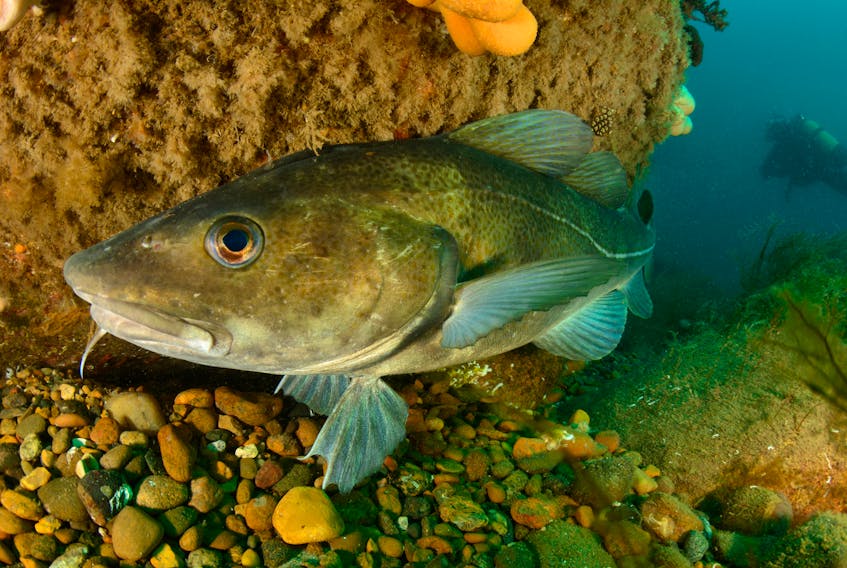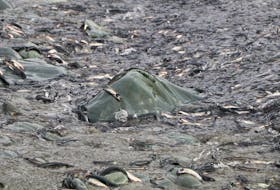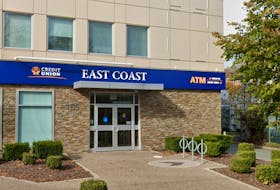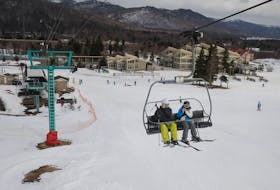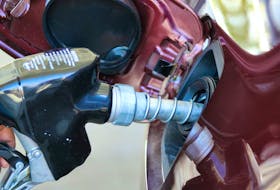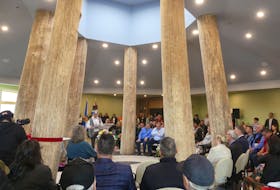ST. JOHN'S, N.L. — Oceana Canada, a charity focused on ocean conservation, is calling on Fisheries and Oceans Canada (DFO) to complete the “long-promised and long-overdue” Northern cod rebuilding plan, and to keep the 2020 quota in line with 2018 numbers.
Robert Rangeley, Oceana Canada’s director of science, said DFO ignored scientific evidence last year when it increased the quota by 30 per cent to 12,350 tonnes. The organization wants to see the quota returned to a maximum of 9,500 tonnes as it was in 2018.
Rangeley said the cod stock will eventually move out of the critical zone if given a fighting chance.
"...you can’t fish your way out of this sort of biological debt we’re in right now with Northern cod." — Robert Rangeley
“You can’t keep increasing (quotas) when there’s no sign of stock recovery. It has stalled, that’s the evidence. It’s not going anywhere, it’s been stalled since 2016, and there’s no projections that show growth in the stock right now. And that’s very unlikely given that there’s evidence that these fish are starving, there’s cannibalism, and their prey base is not doing well, either.”
Rangeley acknowledged it’s a tough time for the industry right now amid the pandemic, but he said considering the stock growth witnessed from 2012 to 2016 is now flatlined, patience is important to ensure a healthy Northern cod stock.
“I know some in the industry would like to increase (the quota) even further this year, and you can’t fish your way out of this sort of biological debt we’re in right now with Northern cod. And it’s just going to have to take time. Be patient, and when conditions improve — I mean, we all want to see the stock rebuild, we want to see the economy benefit from more cod in the water and a stronger fishery, but increasing the quota is not going to do it.”

A DFO spokesperson said in an emailed statement to The Telegram that it is committed to developing a rebuilding plan for the Northern cod stock.
“It continues to be a priority,” the spokesperson wrote.
The email said that a working group, consisting of DFO staff and external stakeholders, including harvesters, processors, Indigenous groups, ENGOs and provincial representatives, has completed “extensive work in supporting the development of the rebuilding plan.”
However, Oceana Canada said DFO committed to finalizing the rebuilding plan last year.
“The plan has not been completed and there is no revised date for when it might be. DFO should prioritize the completion of the plan this year,” the organization wrote in a news release.
Rangeley said the stock rebuilding plan should include a target level set in the healthy zone so that people know where the stock needs to get before a commercial fishery can ramp up, and also set rules for reaching that target level.

“It’s straight-forward, but they fail to do that year after year.”
Meanwhile, DFO said the stock update for Northern cod last month indicated growth of the stock seen between 2012 and 2016 may have stalled.
Some of the other key takeaways from a DFO meeting with stakeholders and media on April 17 included: DFO continues to be concerned about the status of the Northern cod stock, which remains in the critical zone; ecosystem conditions indicated limited productivity and reduced food availability may be limiting growth of cod; and the precautionary approach requires that removals be kept at lowest possible levels.
On April 22, a 2J3KL Northern cod advisory meeting was held to provide stakeholders an opportunity to express their views on the management approach for 2020.
“The Department is considering the science advice, socioeconomic impacts and stakeholder views to inform a decision for this season's fishery. Once a decision is made, it will be communicated via a Notice to Harvesters,” a DFO spokesperson wrote in an email to The Telegram.
“We recognize the cultural, historic and economic significance of cod to Newfoundlanders and Labradorians, and will continue to balance providing access to the resource while protecting it for future generations.”
Twitter: @juanitamercer_

